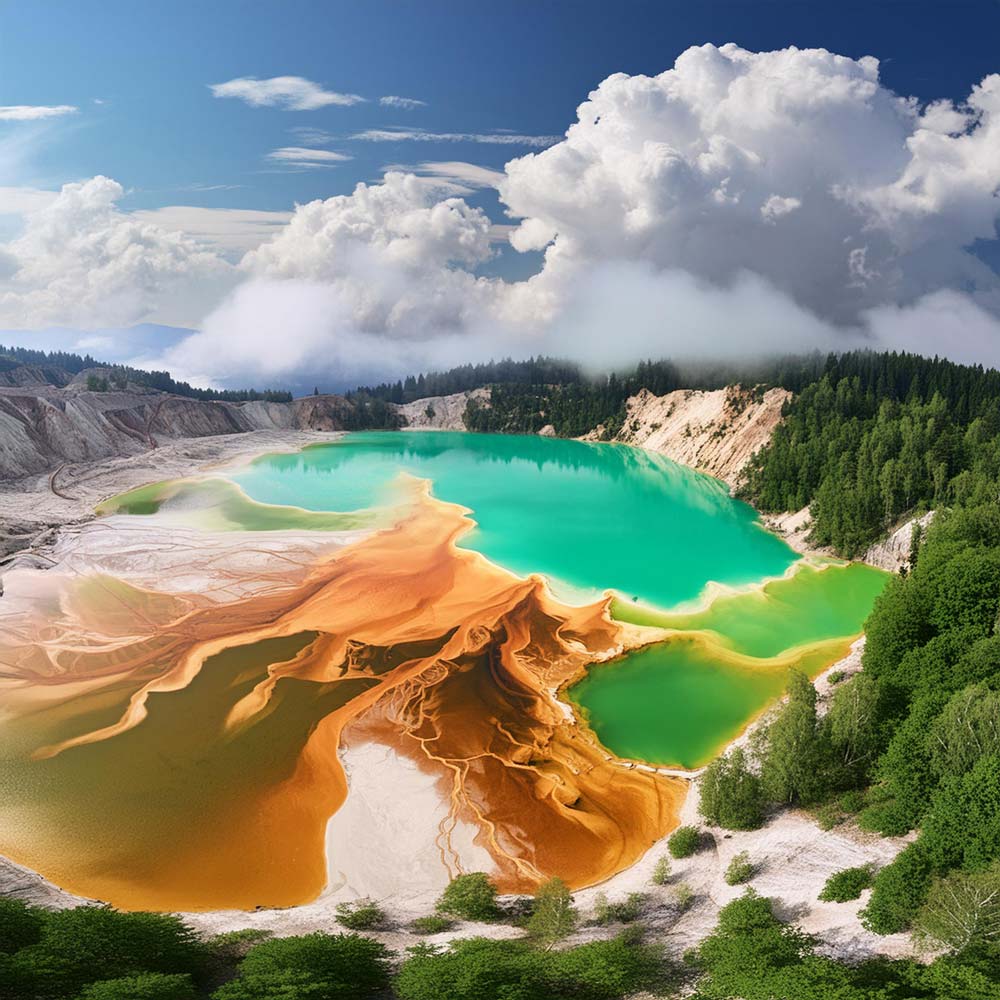Introduction: In the annals of music history, clashes between artists over alleged copyright infringement have often made headlines, captivating audiences with tales of legal drama and creative inspiration. One such saga involves the iconic rock band Queen and the ’90s rap sensation Vanilla Ice. Diving into the intricacies of intellectual property law and artistic influence, this article explores the lawsuit that rocked the music world and the lasting impact it left on both artists’ legacies.
Setting the Stage: The story begins with the release of Vanilla Ice’s breakout single “Ice Ice Baby” in 1990. The song’s infectious rhythm and catchy hook propelled it to the top of the charts, earning widespread acclaim and establishing Vanilla Ice as a household name. However, amidst its success lurked allegations of plagiarism, specifically regarding its signature bassline, which bore a striking resemblance to Queen and David Bowie’s classic hit “Under Pressure.”
The Allegations: As “Ice Ice Baby” climbed the charts, rumors swirled about the song’s alleged unauthorized sampling of “Under Pressure.” Critics and fans alike noted the similarities between the two tracks’ basslines, raising questions about the origins of Vanilla Ice’s catchy riff. Amidst mounting scrutiny, Vanilla Ice faced mounting pressure to address the accusations and defend his artistic integrity.
Legal Showdown: In 1990, Queen and David Bowie’s music publishers initiated legal proceedings against Vanilla Ice, alleging copyright infringement and seeking damages for unauthorized use of “Under Pressure.” The lawsuit thrust the budding rapper into the spotlight, placing his artistic credibility and financial future on the line. As legal proceedings unfolded, both sides presented arguments and evidence to support their respective claims, igniting a high-stakes battle that captivated music enthusiasts worldwide.
Settlement and Resolution: Faced with mounting legal costs and public scrutiny, Vanilla Ice ultimately opted to settle the lawsuit out of court. In a landmark agreement, he agreed to pay royalties to Queen and David Bowie’s music publishers and grant them songwriting credits for “Ice Ice Baby.” While the settlement spared Vanilla Ice from potentially crippling financial penalties, it also tarnished his reputation and raised questions about the originality of his musical compositions.
Impact and Legacy: The lawsuit between Vanilla Ice and Queen left an indelible mark on the music industry, underscoring the importance of intellectual property rights and artistic integrity. While “Ice Ice Baby” remains a nostalgic anthem for many, its association with allegations of plagiarism continues to linger in the public consciousness, casting a shadow over Vanilla Ice’s career. Conversely, Queen and David Bowie’s enduring legacy as musical pioneers was reaffirmed, cementing their status as iconic figures in the annals of rock history.
Lessons Learned: The legal saga between Vanilla Ice and Queen serves as a cautionary tale for artists navigating the complexities of creative expression and intellectual property law. It underscores the importance of conducting due diligence when sampling or referencing existing works and the potential consequences of failing to secure proper permissions. Moreover, it highlights the enduring legacy of iconic musical compositions and the responsibility artists bear in preserving and respecting the integrity of their artistic predecessors.
Conclusion: The lawsuit between Vanilla Ice and Queen stands as a testament to the intersecting worlds of music, law, and creativity. While the legal proceedings may have concluded decades ago, the echoes of their dispute continue to resonate within the music industry, shaping perceptions of artistic originality and integrity. As artists continue to push the boundaries of musical innovation, the legacy of this legal showdown serves as a reminder of the enduring importance of respect, attribution, and integrity in the pursuit of creative expression.



